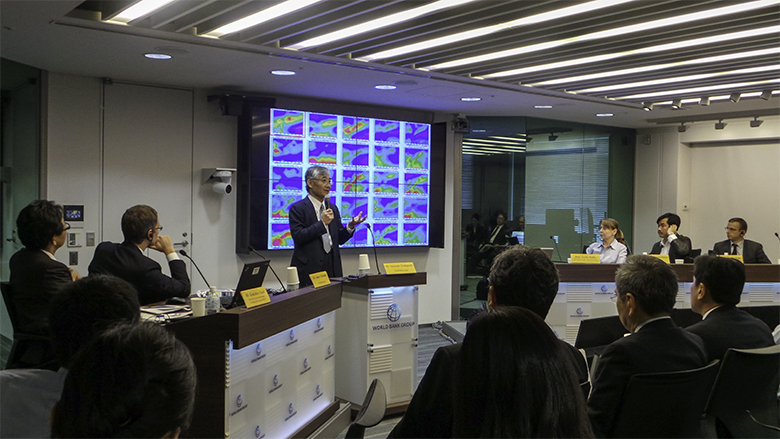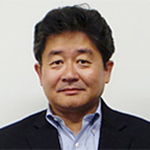 Yasusuke Tsukagoshi
Yasusuke Tsukagoshi
Special Representative, Japan, World Bank Group
Mr. Yasusuke Tsukagoshi became Special Representative, Japan on August 1, 2013. The Special Representative leads the institutional relationship with the Japanese Government, partners, and stakeholders; oversees the World Bank Tokyo Office; and has responsibility for coordinating and managing outreach and communications programs in Japan. Mr. Tsukagoshi, a Japanese national, has had a long career in Japan’s Ministry of Finance (MOF). Most recently, he served as Director General of Tokyo Customs following senior positions in the Ministry’s Customs and Tariff Bureau. Prior to the Customs’ positions, he had 17 years of experience in international finance and development. From 2008 to 2011 Mr. Tsukagoshi was Executive Director at the Inter-American Development Bank, representing Croatia, Japan, Korea, Portugal, Slovenia, and the United Kingdom, and from 1988 to 1991 he served as Executive Director at the African Development Bank, representing Argentina, Austria, Brazil, Japan, and Saudi Arabia.
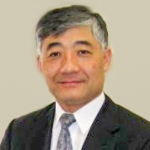 Toshio Koike
Toshio Koike
Professor, Department of Civil Engineering, School of Engineering, The University of Tokyo / Director, International Centre for Water Hazard and Risk Management
Dr. Toshio Koike serves as Professor at the Department of Civil Engineering, School of Engineering, the University of Tokyo, as well as Director, International Centre for Water Hazard and Risk Management (ICHARM). He also works as Lead Scientist, CEOP projects of the World Climate Research Programme (WCRP); Co-Chair of the Architecture and Data Committee of the Group on Earth Observation (GEO), the Ministry of Education, Culture, Sports, Science and Technology (MEXT); and Chair of/Advisor to river management related committees under the Ministry of Land, Infrastructure, Transport and Tourism (MLIT). As hydrological and climate expert, Dr. Koike leads a number of national and international initiatives such as Asian Water Cycle Initiative (AWCI) with Global Earth Observation System of Systems (GEOSS), and Data Integration and Analysis System (DIAS). He has made breakthroughs on the water and climate disaster management through water cycle and climate science researches and their applications to water resources management, which can be classified into: establishment of satellite remote sensing, development of the data integration and information fusion system, and development of the hydrological down-scaling methods including satellite-based data assimilation. Some of the prominent awards he has recently won include: Group Achievement Award from National Aeronautics and Space Administration (NASA), and Awards for International Contribution and Academic Contribution Awards from Japan Society of Hydrology and Water Resources. Dr. Koike holds Bachelor, Master and Doctorate of Engineering from the University of Tokyo.
 Jolanta Kryspin-Watson
Jolanta Kryspin-Watson
Lead Disaster Risk Management Specialist and Regional Coordinator, East Asia and the Pacific, World Bank
Ms. Jolanta Kryspin-Watson is Lead Disaster Risk Management Specialist and Regional DRM Coordinator for East Asia and the Pacific at the World Bank. She has about 18 years of experience working on advancing disaster risk reduction around the world, including in Turkey, Albania, Croatia, Romania, the Philippines, China, Vietnam, Indonesia, and Algeria. She has led large scale reconstruction and disaster mitigation investment projects, analytical work and knowledge exchange initiatives in areas of: seismic retrofitting, emergency preparedness, climate adaptation, disaster risk financing and insurance, community-driven DRM, catastrophe risk assessment, flood protection, weather forecasting and early warning, and post-disaster recovery and reconstruction. Jolanta holds Master degrees in Public Administration (MPA) from the State University of New York in Albany, and Business Administration (MBA) from University of Warsaw, Poland.
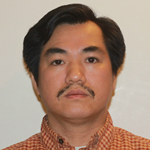 Le Quang Tuan
Le Quang Tuan
Deputy Head in charge of Science Technology and International Cooperation Division, Department of Natural Disaster Prevention and Control, Directorate of Water Resources, Ministry of Agriculture and Rural Development (MARD), Vietnam
Dr. Le Quang Tuan is Deputy Head in charge of the Science and International Division, Department of Natural Disaster Prevention and Control (DNDPC), cum National Office for Natural Disaster Protection and Control. The DNDPC is an organization under the Ministry of Agriculture and Rural Development of Vietnam, a state management agency that implements the Law on Natural Disaster Management. The DNDPC of Vietnam is also cum the Office of the National Steering Committee for Natural Disaster Management of Vietnam. Dr. Tuan has strong background in Water resources engineering and management. He has nearly 20 years worked with science field and international cooperation on river basin management, dam safety, water sanitation and drought fighting. He holds Ph.D. in Water Resources Engineering from the Department of Civil and Environmental Engineering from University of California, U.S.A.
 Denis Jordy
Denis Jordy
Senior Environmental Specialist, East Asia and Pacific, World Bank
Mr. Denis Jordy is Senior Environmental Specialist with more than 18 years of experience in environment, water management, disaster risk management and climate change adaptation. Since January 2013, he is based at the World Bank Office in Sydney where he coordinates the Disaster Risk Management and Climate Change Adaptation portfolio in the Pacific Region. He joined the World Bank in 2004 and has been working on a wide range of projects and knowledge products related to urban flood risk reduction, coastal zone management, climate change adaptation, disaster risk management, post disaster needs assessments, environmental management and pollution control. He was previously based in Washington D.C., U.S.A. and Dakar, Senegal, and has a multi-region experience in Africa, Asia, Middle East and North Africa, Latin America, France and U.S.A.
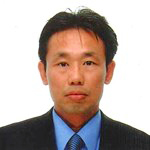 Kenichiro Tachi
Kenichiro Tachi
Director for International Coordination of River Engineering, River Planning Division, Water and Disaster Management Bureau, Ministry of Land, Infrastructure, Transport and Tourism, Japan
As Director for International Coordination of River Engineering of the Water and Disaster Management Bureau, Ministry of Land, Infrastructure, Transport and Tourism (MLIT), Mr. Tachi is responsible for international affairs on water and river management including water-related disaster risk reduction. He is also responsible for technical assistance to foreign countries. Mr. Tachi joined the Ministry of Construction (former MLIT) in 1998 after taking the Master Degree of Civil Engineering in Tokyo Institute of Technology. He has dedicated himself to water and river management for more than fifteen years, by utilizing knowledge and experience in the field of civil engineering. During his career, he has been engaged in researching, planning, designing, implementing river management works. During 2011-2013, Mr. Tachi was responsible for integrated river basin management of a class-A river, Hii River Basin in Japan, as the head of MLIT’s river work office.
 James Newman
James Newman
Disaster Risk Management Specialist, Disaster Risk Management Hub, Tokyo, Global Facility for Disaster Reduction and Recovery, World Bank
Since joining the World Bank in 2013, Mr. James Newman has led Global Facility for Disaster Reduction and Recovery (GFDRR)’s overall work planning, and served as focal point for urban resilience and regional portfolios in South Asia and East Asia Pacific. He contributed to the development of the World Bank’s CityStrength Diagnostic and Medellin Collaboration on Urban Resilience. He has supported World Bank projects and technical assistance, including post-disaster assessments, in India, Nepal, South Africa, and Vietnam. Prior to GFDRR, he worked for the City of Baltimore, contributing to the city’s 10-Year Financial Plan, risk management, CitiStat performance management, and open data, and served as acting deputy procurement agent. He has also covered Latin American and Caribbean finance and insurance for a Chilean market intelligence firm. Studying economics and public policy, Mr. Newman has a Master’s from Georgetown and Universidad Alberto Hurtado in Santiago, Chile and undergraduate degree from Washington University in St. Louis. As an adjunct professor, he has taught urban management, public policy, and statistics at University of Baltimore’s Master’s in Public Administration (MPA) program.
(Listed in the order of presentation)
❖ Overview
❖ Our Activities
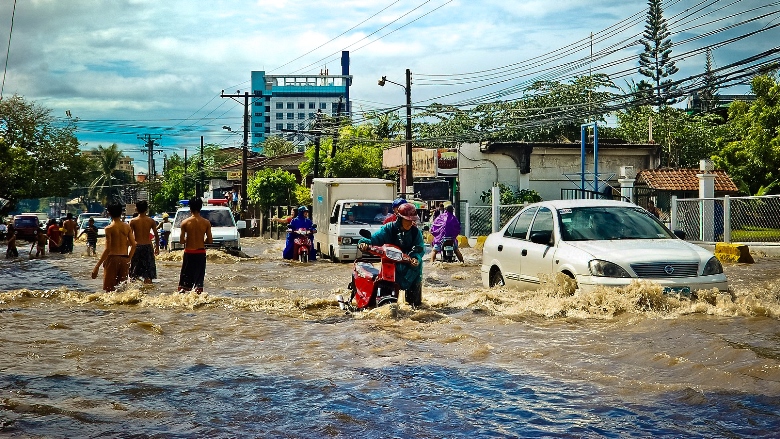
 Yasusuke Tsukagoshi
Yasusuke Tsukagoshi Toshio Koike
Toshio Koike Jolanta Kryspin-Watson
Jolanta Kryspin-Watson Le Quang Tuan
Le Quang Tuan Denis Jordy
Denis Jordy Kenichiro Tachi
Kenichiro Tachi James Newman
James Newman